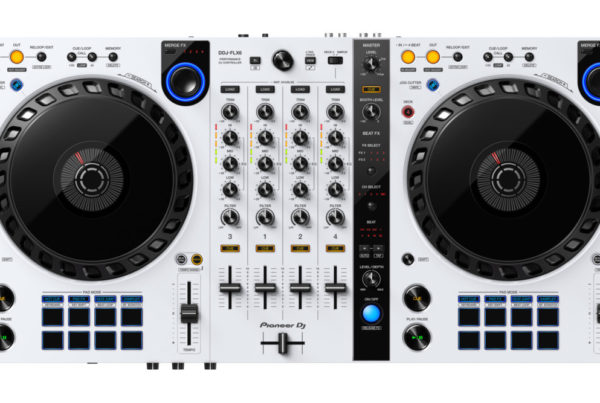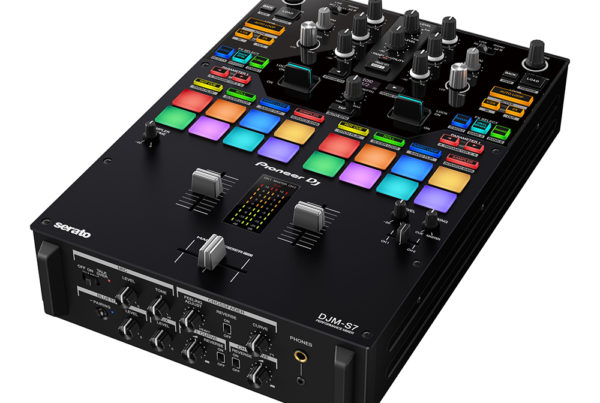With the rise in popularity of BIG screen TVs at reasonable prices, the demand for them is high. Add to that their “smart” capabilities, and what you have is an entertainment asset that serves all members of the family. Choosing one can be a challenge. So what should a consumer consider before buying into the big screen experience?
- Viewing distance from the screen
- Viewing angles
- Screen resolution
- Refresh rate
- Comparing LCD HD, LED, and PLASMA HD
SCREEN SIZE
There’s a simple calculation to help you determine the screen size you can consider based on viewing distance. Take the viewing distance (in inches) and divide by 2. Simple. The calculation is as follows:
- (at 8 feet): 96” divided by 2 = 48 inches screen size
- (at 10 feet): 120 inches divided by 2 = 60 inches screen size
Remember, you are calculating the diagonal length of the screen. You may want to consider a wall mount to give yourself extra room, allowing you to go with a larger TV screen.
For a room that holds larger numbers of people, such as a restaurant or bar, it’s a little trickier to find one size that fits all. Multiple TVs will certainly serve the purpose, in which case your choices might range from a 40 inch screen to serve viewers who are 6 feet away up to a 60 inch screen for viewers 9 feet away.
VIEWING ANGLES
Too often, TVs end up over the mantle in a living room delivering a viewing angle that compromises the viewing experience. Ideally, the screen should be at the same level as your eyes. There is a little wiggle room. The rule of thumb is to stay within a 15 degree angle up or down and no more than a 40 degree angle to the left or right.
The steeper the angle to the screen, the more image distortion you will experience. UHD/4K TV technology is such that a sharp viewing angle is not compromised.
SCREEN RESOLUTION
The larger a screen, the more critical the resolution becomes. Smaller TVs sporting a 720p vertical resolution (‘p’ for pixels or progressive scan) will work well. As the screens get larger, so does the need for more resolution. A full HD TV screen delivers 1920 by 1080 pixels. The latest 4K TVs offer 3840 by 2160 pixels. At the top level, an 8K UHD screen packs 7680 by 4320 pixels onto the screen.
REFRESH RATE
A refresh rate is the number of times per second a TV refreshes its image. That number is expressed in hertz, also known as Hz. Many TVs refresh at 60. The more expensive models are capable of producing refresh rates at 120Hz.
It is interesting to note that movies are filmed at 24 frames per second, which translates in 24HZ. Live TV shows are produced at 30Hz or 60Hz. So, the question becomes, how much HZ do you need until it … ummmm … hertz?
Although some TVs will list what appears to be a higher refresh rate, they are actually showing the motion rate, which can confuse consumers. Some TVs list a 240 motion rate, which translates as 120Hz refresh rate.
MAKING CHOICES – LCD HD, LED, PLASMA HD
When buying electronics, whether it’s sound systems, computers, or TVs, the most practical approach is to experience it. When you’re in the store buying a TV, watch programs that reflect your viewing tastes: sports, action movies, etc. Let your eyes be the judge.
So what are the different screen types and what should you know?
LCD HD TVs use charged gas to produce light. Viewing angles are limited and backlight can be an issue.
LED TVs use Light Emitting Diodes to create images and work well in all kinds of light. They also deliver great contrast ratios.
Plasma HD TVs produce images by lighting up small cells of xenon and neon gas between two plates of glass. Images are bright and crisp. They work best in a dimly lit room and track fast-moving images well, which is perfect for sports programs and fast-moving action films.
WHAT ARE THE BEST TVs in 2020?
Well, someone did the work. Read a comprehensive review written by Nick Pino and Henry St. Leger for Techradar.com.
At the end of the day, what you see is what you get. When you go shopping, take the time to stand at a viewing distance that you know works in your home and watch the kinds of programs you enjoy as a regular menu of entertainment.




